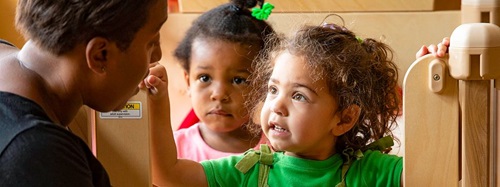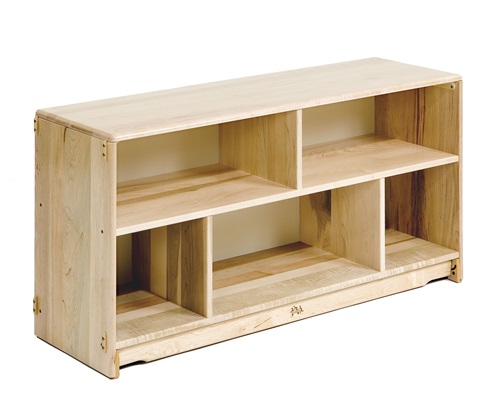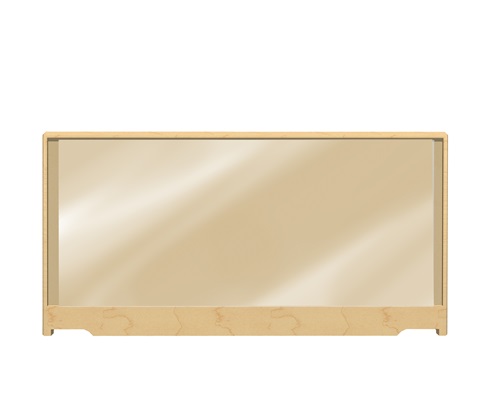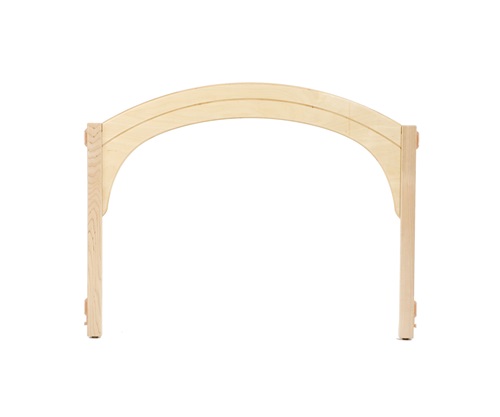Young children need different types of spaces to support their emotional and sensory well-being throughout the day. When the classroom becomes overstimulating—or when big feelings start to rise—it’s important that children can retreat into a calming space to reset right in the classroom.
Finding Calm in the Storm
The Calm Nest is just that: a peaceful, enclosed space designed to support self-regulation right within the classroom. By minimizing sensory stimulation, it helps children regain emotional balance before feelings become overwhelming—so they can return to the classroom calm, centered, and ready to engage.
Designed to Support Regulation Right in the Classroom


How do I use a Calm Nest in my classroom?

One Child at a Time
The Calm Nest is designed for individual use, offering children the autonomy to stay as long—or as briefly—as desired. When they feel calm and ready, they can seamlessly return to group activities and learning.

Supporting Security Through Sightlines
Children relax more easily when they feel both secure and connected to their environment. Thoughtful positioning helps balance privacy with visibility.

Sensory De-Stimulation
Consider placing a small basket nearby with sensory tools such as calming visuals, tactile objects, or breathing prompts to gently support self-regulation.
Where do I place my Calm Nest in the classroom?

In a Corner
For best results, position the Calm Nest in a quiet area of the classroom—away from high-traffic or high-energy zones.

If You Have Additional Space
Use Roomscapes panels to gently define the area and reduce external distractions while maintaining clear sightlines for supervision.

If Space Is Limited
Position a shelf so its back creates a visual boundary behind the Calm Nest. Angle the Calm Nest toward a wall to reduce visual input while keeping the child in view.
"Each child is unique, each with their own way of thinking, processing, learning, and simply being in the world. When we understand and appreciate these differences, we can support a child's growth and development."
—Mike Lindstrom, AIA, LEED AP, Lindsay Astor Grant MA, OTR/L














